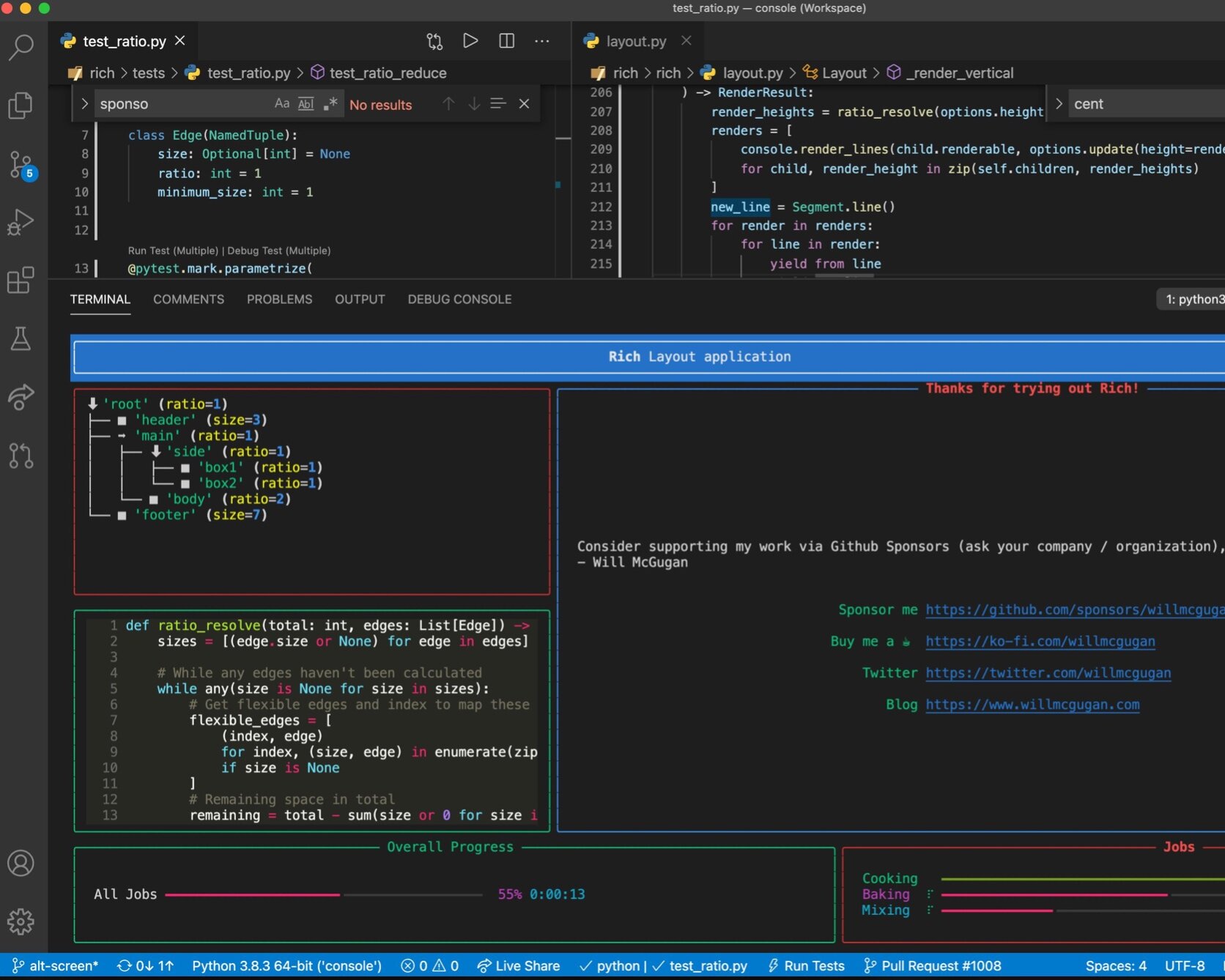IT ALL STARTED WHEN . . .
Businesses were being forced to innovate in order to survive the after-effects of the Covid19 pandemic. Across all sectors, from retail to fitness, organisations have had to adopt technologies that they may never have experimented with otherwise. Where this accelerated adoption is perhaps most stark is education impacted from early 2020, which had typically been slow to innovate. “It’s the second largest sector in the world, but education has pretty much gone from a blackboard to a whiteboard in terms of using technology in the classroom,” commented Priya Lakhani, founder and CEO of Century Tech.
Academics are not the only ones missing their regulars – retailers have closed their doors too. The lack of physical space is pushing them online, and many are not equipped to deal with it. Online shopping is not a new frontier, but the way the majority of businesses functioned until now does not scratch the surface of its potential.
Compared to China, where e-commerce is an experience, not just a transaction, the UK and the rest of Europe are lagging behind. Adam Levene, founder of retail startup HERO, thinks that is about to change. “I think that just like we saw in China after the SARS outbreak, it’s going to be the same here,” he said, referring to the several months-long lockdowns that are often credited as a catalyst for the region’s e-commerce explosion. “There are going to be more consumers becoming comfortable shopping online, looking to connect and get that same human touch they get at the store, but through their phone or laptop.”
To keep up with this change in demand, retailers are upgrading their online shopping services beyond "add to cart" with technology similar to HERO’s. As a conversational commerce IT app, the British startup gave businesses a way to provide customer service digitally – not with ‘bots’, but by connecting real-life sales associates with customers via text and, more recently, video calls.
That means products that shoppers might normally be wary of buying online, such as smartphones and designer clothes, are now e-commerce friendly. Harvey Nichols and Three both use these methods to connect their working-from-home WFH staff with online customers, so they can chat through their purchases just as they would in store. This technology would inevitably have been widely adopted eventually, but that process has been fast-tracked by the covid pandemic.
Another existing technology that has been propelled forwards by the crisis is live-streaming, which is helping businesses in almost every sector stay connected. “Livestreaming has totally exploded,” says Gregor Pryor, co-chair of law firm Reed Smith’s entertainment and media industry group. Facebook Live reported a 50 per cent increase since January 2020, and Twitch viewership increased by 66 per cent in Italy when quarantine began there. “These stats are nuts,” he says. “You’re just seeing user behaviour that you’ve never seen before.”
Many assumed VR would be the perfect lockdown technology, but the barrier to entry remains too high. Headset manufacturers have seen a surge in demand, but ironically, they’re having difficulty manufacturing because of fallout from the virus. Only eight per cent of Britons own a VR headset, yet more than 95 per cent have a phone – and that’s all you need to access a live-stream, whether you are a business or a customer.
“Companies that normally wouldn’t think about streaming are having to,” says Pryor. “They want to reach their audience now, and it’s the most obvious way to do it.” And the technology is evolving to accommodate more business needs. Facebook has launched production tools so companies can add logos, for example, to upgrade footage so it does not look like it was filmed on a phone.
Fitness companies are scheduling live workout sessions, with the same trainers, at regularly scheduled times. Some only allow paying members to join to keep money coming in; others offer them out for free, gaining a fanbase in the process. Either way, live-streaming technology gains legitimacy.
“It’s going to change behaviour,” says Pryor. “You can see this shift towards livestream becoming mainstream.” But will any of these technologies stick around? Pryor says it depends on the length of the lockdown: “The longer it continues the more widespread the adoption will be.”
It will also depend on how the technology is used. “Many businesses are using technology that is very powerful and helpful, but in a way that simply digitises the manual way they did things before,” says Lakhani.
When the crisis is over, these businesses might partially revert back to their old way of doing things because the technology was just a substitute. For some, that might be the goal: keeping customers virtually engaged until things go back to normal. But they might be missing a trick in 2021.
Companies that find tools that actually transform the way they do business will have a lasting advantage. As Lakhani says: “That’s where you’ll see efficiency created for some, and potential efficiency lost for others.”
Talk to us, and let us guide you through the complex maze of IT Technology and the Cyber-space.
Some hacking tools useful for unearthing network, meta, servers and other data ~


